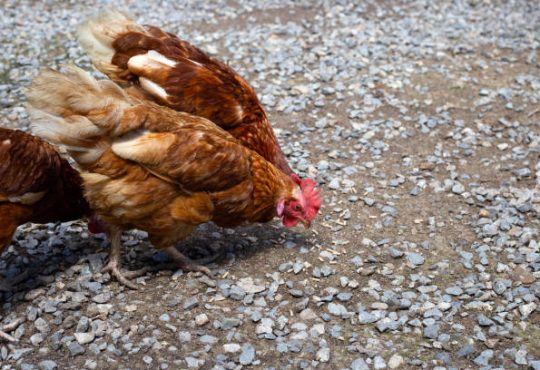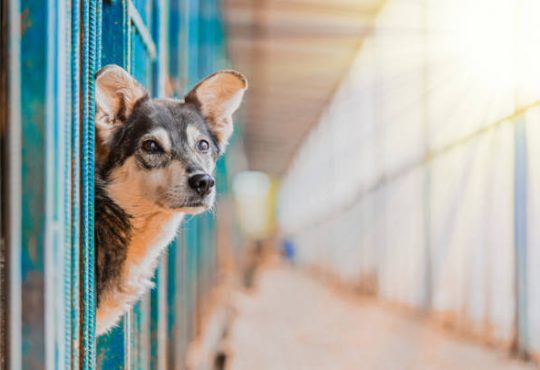
Why Do Cats Purr?
Do enough cuddling time with your pet, and you’ll likely be able to feel or hear purring sounds. While purring is a common occurrence, not much is understood about it. This is why, when asked, “Why do cats purr?” I have to answer, “I’m truly not sure!”
What do we know about purring
The feline purr is created through the vocal larynx (the windpipe opening through which the vocal cords are located) and the diaphragm. According to scientificamerican.com, the purr happens during inhaling and exhaling, with a vibrational frequency of 25 and 150 Hertz. This frequency enhances bone density and helps in the regeneration of the bones as well as muscles.
This is the reason why cats live for nine years. This could also explain an old joke in veterinary medicine: If a cat has broken bones, it will likely heal for as long as both pieces are placed in the same space!
What time do cats purr?
Cats purr in a range of circumstances and respond to various stimuli. It is similar to human behavior who laugh. What triggers one cat to purr or a human to laugh could differ from what triggers a similar expression in a different animal. Cats that are prone to purrs are:
- Happiness: The feeling of sitting in your loved one’s lap and sitting on the beach or cuddling with a beloved pet are a few instances of situations that trigger purring. These are situations that are a true sign of feline contentment.
- Needing to do something The purr of a cat can be accompanied by felines’ demands for what they desire and can be heard during meals or when a cat needs to spend time with its owner. The purring can be connected to a vocalization or animated behavior like weaving between the legs of their humans.
- Fear: It’s true that cats purr when scared or stressed. The purring can be heard in a veterinary hospital and is often audible.
- Kitten-mother bond: Kittens start purring as they are just one or two days old. This is evident when they’re closely connected to their mother. Kittens can purr when breastfeeding, while mama cat usually purrs to respond. This purring activity may be an opportunity to bond between a cat’s mother and her kittens.
If purring is an issue
A few of my feline patients have persistent “purrboxes” in the exam room. This may cause an issue because the loud purrs interfere with my ability to examine the cat’s heartbeat through my Stethoscope properly. If this is the case, I attempt to stop the purring covering the nose of the cat with my finger for a couple of seconds. If that fails, you can place an alcohol-dipped cotton ball near the cat’s nose. If all else fails, I put your purr box on a counter beside an unwashed sink and switch on the water. If this doesn’t stop the purr, I toss the towel in and let the purr continue!
In case you’ve got any concerns or questions, it is recommended to consult your veterinarian. They are the best source to ensure that you are in good health and the well-being of your pets.




